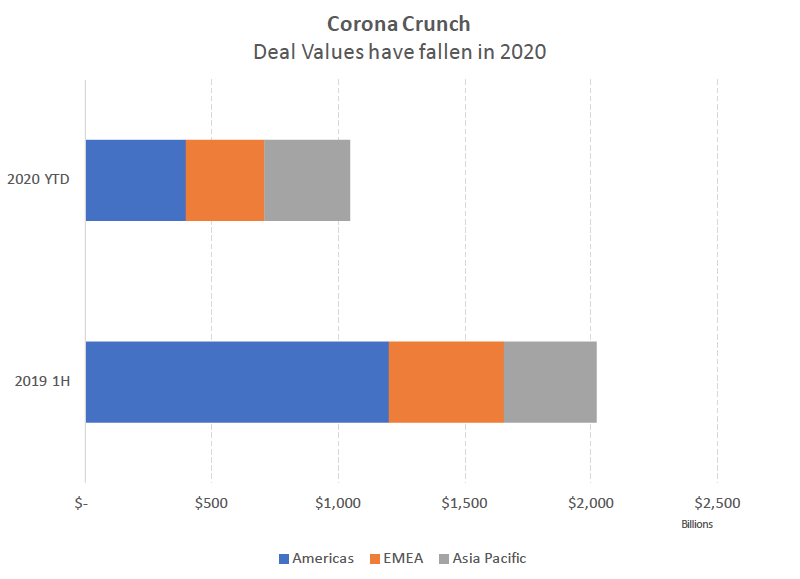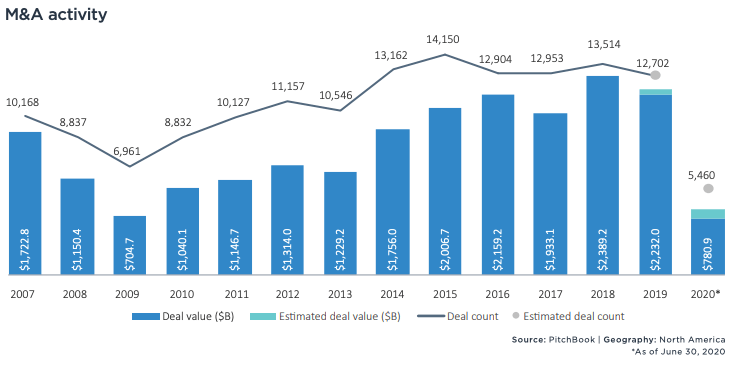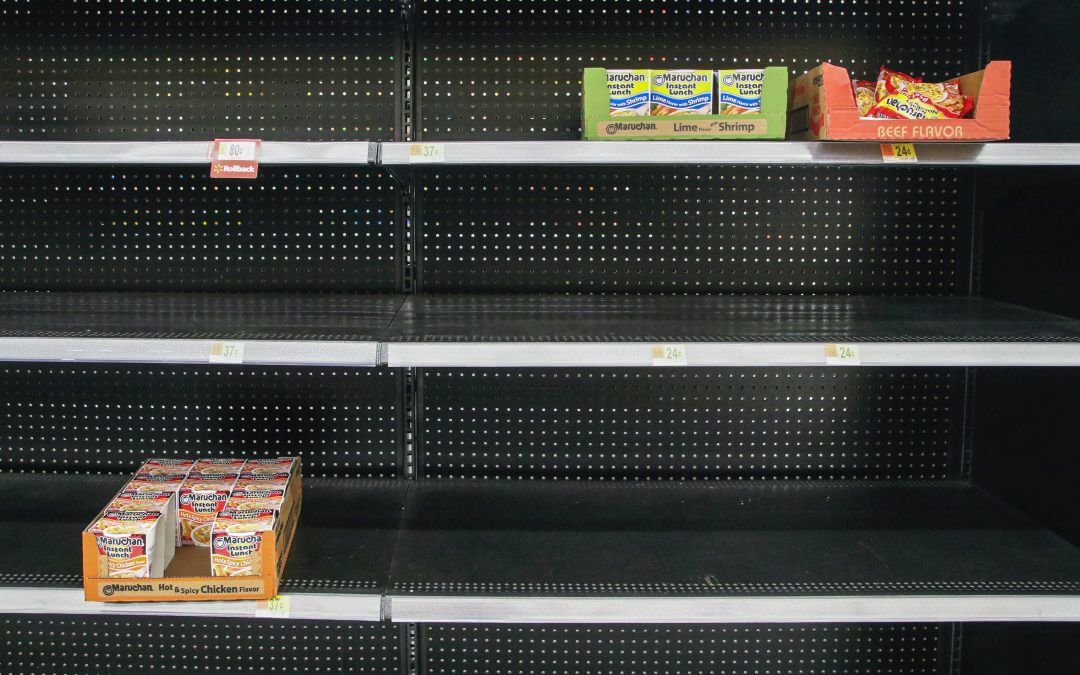Discover the importance of organizational alignment and agility in this blog post. Learn how establishing a strong CORE and building a strategy around it can lead to sustainable growth and success. Find out how alignment and agility empower your organization to thrive in an ever-changing business landscape.

The Underpaid and Under-Employed Need Protections Too
COVID caused Congress to respond a few months ago, but now as the CARES Act and other protections expire, Congressional action is missing. What form of stimulus emerges, who knows. For the moment, it looks like the additional $600 in unemployment is out, to the cheers of many, who see it as a work disincentive.
As usual, those who are pushing for its demise are loathed to let facts get in the way of a convenient theory. A recent survey of economists, who usually disagree on everything, found 0% disagreed with the idea that “employment growth is currently constrained more by firms’ lack of interest in hiring than people’s willingness to work at prevailing wages.”
There are several arguments why.
- Benefits. For many Americans, their jobs provide health care and retirement benefits, so it makes no sense to reject a position with potential lifetime benefits to receive a few more unemployment checks. However, many of the workers benefiting from the additional payments do not receive such benefits, so I am convinced how much weight this argument carries.
- No unemployment if workers don’t return. Some states require employers to report employees who decide not to return to work, and if the refusal is for anything other than health concerns, the benefits stop. However, given that most states’ unemployment offices are overwhelmed, how effective this is at present is questionable.
- Job Vacancies. If companies could not fill job openings, the number of vacancies would be high. However, in April, the U.S. recorded the lowest level of job vacancies since 2014. Vacancies have risen slightly since then. Also, Homebase data shows that applicants per job doubled in early April, suggesting that laid-off workers were seeking new employment. Here is evidence that the additional payment is not stopping people from looking for work.
- Rising wages. If companies could not fill job openings, the laws of supply and demand would expect wages to rise to such point that they could fill them. According to Goldman Sachs, average hourly earnings in Q2 2020 increased by about 7%, which initially would give weight to this idea. However, on inspection, this is primarily because low-paid workers have lost jobs in disproportionate numbers, dragging average wages upwards. Therefore either the market is failing, or there are just no jobs.
Thus it would appear that the additional benefit is not the detriment to work that many assume. However, there is no doubt that the removal of the additional support will drive more people back to work as they struggle to survive financially. This result may not be the panacea that many hope.
As I have said many times, this is a public health crisis, and until we address it, the economy will not recover. Well, looking at the data, it appears that the Gig economy and low paid workers may be compounding the health care problem. According to medical historian Frank Snowden in his new book, Epidemics, and Society, “Epidemic diseases are not random events that afflict societies capriciously and without warning. On the contrary, every society produces its specific vulnerabilities.” Thus, he wrote, a disease provides insight into a “society’s structure, its standard of living, and its political priorities.”
On inspection COVID’s destruction show one common factor, clusters of infection have been associated with those whose work is low-paid, insecure, and contingent. Researchers at the London School of Hygiene and Tropical Medicine, have found that nearly 80% of infections are traceable to:
- food processing plants,
- ships,
- aged care homes,
- grocery stores,
- factories,
- bars, restaurants,
- shops and
- worker dormitories.
All of which are associated with low pay and poor job security. While some office workers have contracted the disease, those infections are primarily the result of a business conference. In the U.K., the increasing number of outbreaks in care homes results from temporary staff, on zero-hours contracts, who get transferred between facilities.
This trend is not in the U.K. In the U.S., many of the most significant outbreaks were in with meatpacking plants, which are known for poor working conditions. Furthermore, the mortality rate is highest for African Americans and then Hispanics, people who have the majority of working-class service sector jobs associated with infection clusters. Besides, because these jobs often are considered essential workers, e.g., meeting packing plant employees, workers must be at the job site despite outbreaks in their communities. Furthermore, most such positions do not provide sick leave resulting in many working when they are sick.
Many of those who work in such positions, also meet other criteria the CDC has identified as a source of infections. They live in:
- Densely populated areas and cannot practice social distancing.
- Homes with a lack of complete plumbing making handwashing and disinfection harder.
- Neighborhoods that are farther from grocery stores and medical facilities, making it harder to stay home and to receive care if sick.
- Areas where they have to rely on public transportation, making it hard to practice social distancing.
- Multigenerational households and multi-family households where older family members cannot be protected and the sick isolated.
While some front line health care workers have caught COVID, these infections are at a lower rate than medics less directly exposed. Thus straightforward precautions appear to be sufficient to reduce the risk of disease significantly.
So rather than pushing workers back into harm’s way and turning them into new sources of infections, we should seek to provide them the same protection that white-collar employees, who have been working from home for months, enjoy. With over 4 million infections and 140,000 deaths, helping those workers would help us all get the infections under control and the economy back on track. However, we show little regard for the underpaid and under-employed, and it is now killing us.
Recent Posts
Align and Thrive: The Importance of Organizational Alignment and Agility
How to Achieve Smart Time Management: 10 Tips for Busy Professionals
When you are a busy professional running your own business, it can often feel like there aren’t enough hours in the day to accomplish everything. Being strategic with your time is the best (and possibly the only) way to achieve all of your daily tasks. If you are...
5 Strategic Leadership Skills Every Manager Needs
So often, people view leadership as a talent: you’re either born with this quality or you’re not. However, this is not always the case! In reality, good leadership is made up of skills, and anyone can learn how to improve. Some people may pick up leadership attributes...
How the Sellability Score is Calculated: The Ultimate Guide
Do you have questions about how to calculate your business’s sellability score? Whether you’re looking to sell your business in the near future or years from now, understanding your sellability score will help you thrive. The sellability score identifies the...
The Top 5 Benefits of the Entrepreneurial Operating System
As an entrepreneur running your own business, you know there are bumps in the road and struggles that both you and your business will face over time. However, with the right people and tools at your disposal, you can anticipate what’s coming, plan for it, and continue...
5 Ways to Use Email Automation to Boost Traffic
Every single business in the world wants to evolve and grow. This will happen using a variety of techniques and strategies. In 2022, digital marketing is more than a household name, and most companies will adopt at least a few ideas when long-term planning and coming...
6 Questions To Ask A Potential Business Coach Before Hiring Them
Many entrepreneurs consider executive business coaching when they start struggling on their professional path. A small business coach is an experienced professional mentor who educates, supports, and motivates entrepreneurs. They will listen to your concerns, assess...
3 Ways Proper Long Term Strategic Planning Helps Your Business
Dreams turn into goals when they have a foundation of long-term strategic planning supporting them. They become reality when the ensuing strategic implementation plan is executed properly. With Kaizen Solutions as their strategic planning consultant, small and...
What is a Peer Group, and How Can it Improve Your Career?
If you are a CEO or key executive who has come to a crossroads or crisis in your career, you'll gain valuable insights and solutions from a peer group connection more than anywhere else. But what is a peer group, and how can that statement be made with so much...
Profit and Revenue are Lousy Core Values
As I mentioned last week, I am down with COVID and tired, so spending more time reading rather than working. I read Bill Browder's Freezing Order this weekend, and I highly recommend it. However, at the end of the book, Browder says that oligarchs, autocrats, and...















